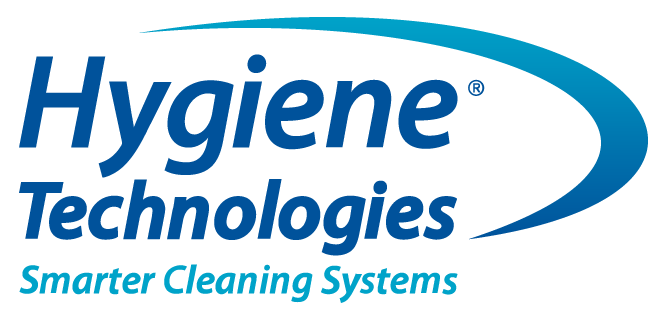Hello Guest,
Description
ACTEX is a specialist disinfectant that contains 70% v/v ethanol coupled with a proprietary acidifier that gives the well-known biocidal effects of ethanol a substantial boost.
This means Actex now offers a previously unavailable combination of a disinfectant that works quickly and evaporates to leave a surface dry, with the power of an extended contact-time product that typically is rinsed off after 10-15 minutes and designed for wet areas.
Actex was designed to offer two unique advantages to food and beverage processors:
To be highly effective at destroying young biofilms on process and environmental surfaces that would normally require wet scrubbing and agitation, high heat or the use of concentrated oxidising agents.
To work quickly and evaporate, leaving no residues such as quaternary compounds on the surfaces, meaning there is no need to introduce any moisture to rinse it off.
FEATURES
• Contains 70% v/v Ethanol
• Works quickly against vegetative microorganisms and the biofilms they create and shelter in
• Low pH yet compatible with food production surfaces and equipment
• Leaves no residue of concern on food-contact surfaces after evaporation
• Can be used on food-contact surfaces during production breaks or shift changes or during pre-operative checks, with no need to rinse (non-dairy only)
BENEFITS
• Evaporates after use and leaves surfaces dry – ideal for moisture sensitive areas
• Peace of mind that treated surfaces are free of biofilm and their associated issues
• Independently tested to be non-corrosive to all commonly used surface materials in food and beverage processing (not recommended for use on galvanized surfaces or natural fibres)
• Helps to reduce microbial build-up on surfaces during production and decrease food-safety risks – ideal for RTE and premium chilled food producers
APPROVALS
• MPI Approved C42 (All animal products except dairy)
• AsureQuality Assessed for food/beverage/dairy factory use H4597
EFFICACY DATA
Actex contains 70% v/v Ethanol in an aqueous solution, who’s efficacy against different classes of micro- organisms is well known and documented in scientific literature.
To show the boosted efficacy of Actex compared to ordinary 70% v/v Ethanol, we commissioned Massey University’s School of Food and Advanced Technology to run comparative testing with their specialist biofilm reactor and testing methods
.Two well known pathogens of particular concern to the infant formula and RTE foods industry were chosen, due to their known disposition to form biofilms to protect themselves from the effects of disinfectants and other stresses. These were Cronobacter Sakazaaki and Listeria Monocytogenes.
Environmental isolates of these two organisms from production sites around the country were used, and in the case of the L. Mono were screened to find the strongest biofilm producers. These were then grown on stainless steel coupons and treated to produce biofilms (method available on request). These were subjected to a 1-minute exposure time via dipping in standard 70% v/v Ethanol and Actex, with the results shown below
|
Cronobacter Sakazaaki Strain |
CONTROL |
70/30& |
ACTEX |
|---|---|---|---|
|
ASQ 5 |
5.3 |
0.6 |
0 |
|
ASQ 9 |
4.5 |
1.2 |
0 |
|
ASQ 10 |
4.6 |
2.6 |
0 |
|
NZRM 50 |
4.7 |
0 |
0 |
|
Listeria Monocytogenes |
CONTROL |
70/30 |
ACTEX |
|---|---|---|---|
|
NCTC 7973 |
3.52 |
1.32 |
0 |
|
EM-07 |
3.87 |
3.05 |
0 |
|
EM-08 |
3.48 |
3.04 |
0 |
|
M5 |
3.18 |
0 |
0 |
Related Products

Ethasan 70-30 Evaporating Sanitiser
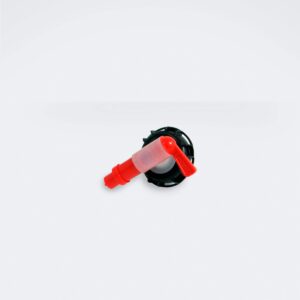
58mm Plastic 20 Ltr Cap Tap with Adaptor
$22.89
$22.89
$22.89
$22.89
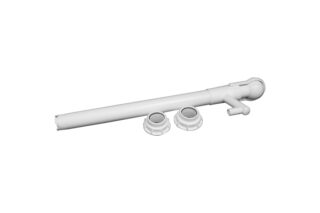
Ezi-Action Drum Pump White (20/25 Ltr)
$72.90
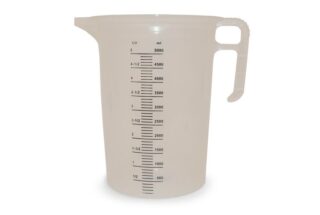
Plastic measuring jug, 5000ml
$26.15
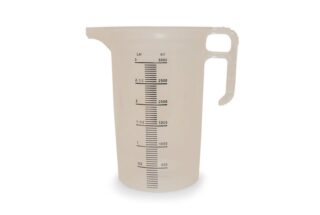
Plastic measuring jug, 3000ml
$19.87
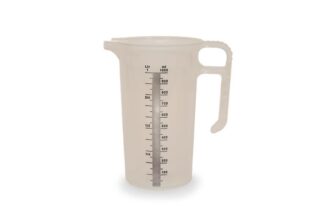
Plastic measuring jug, 1000ml
$18.43
